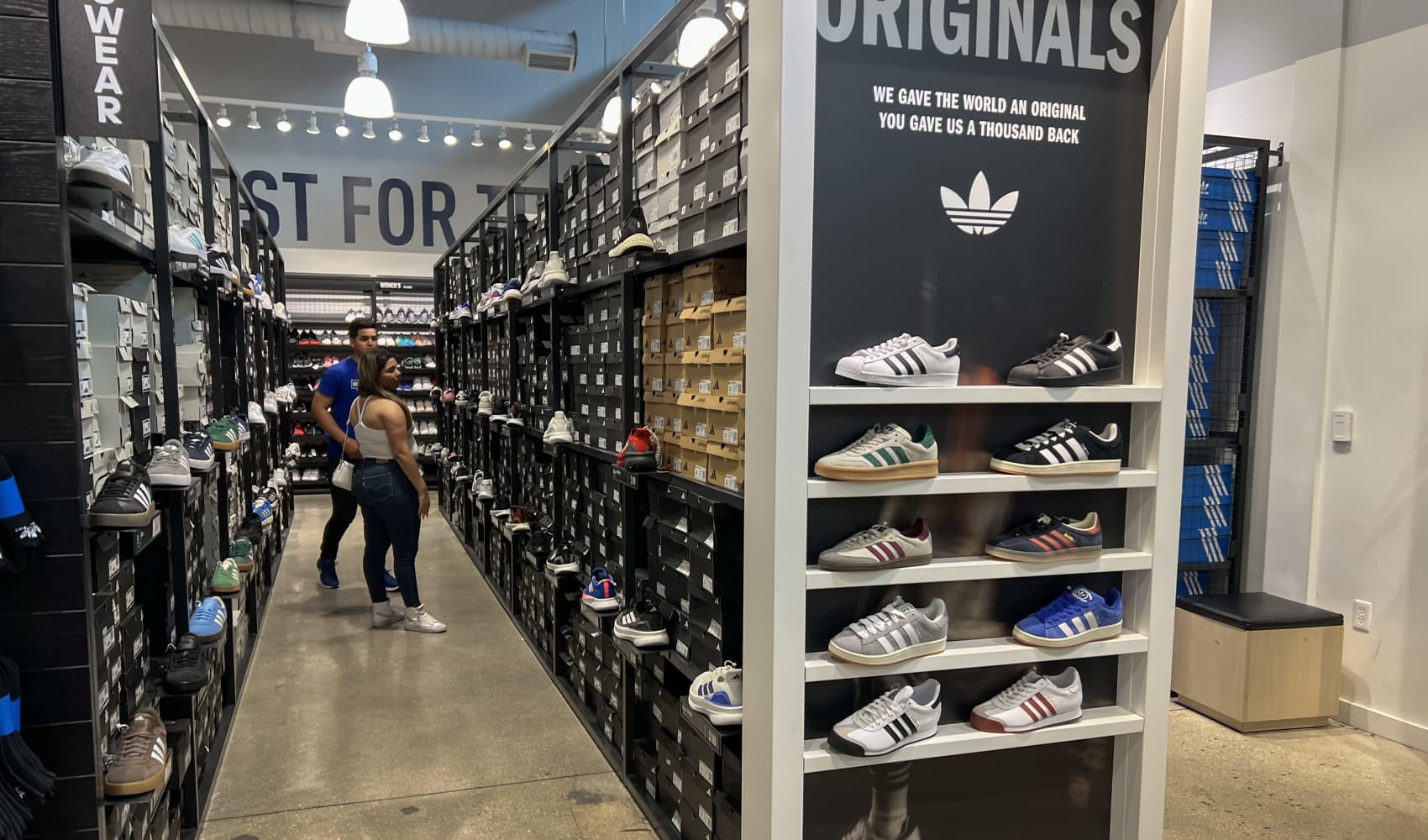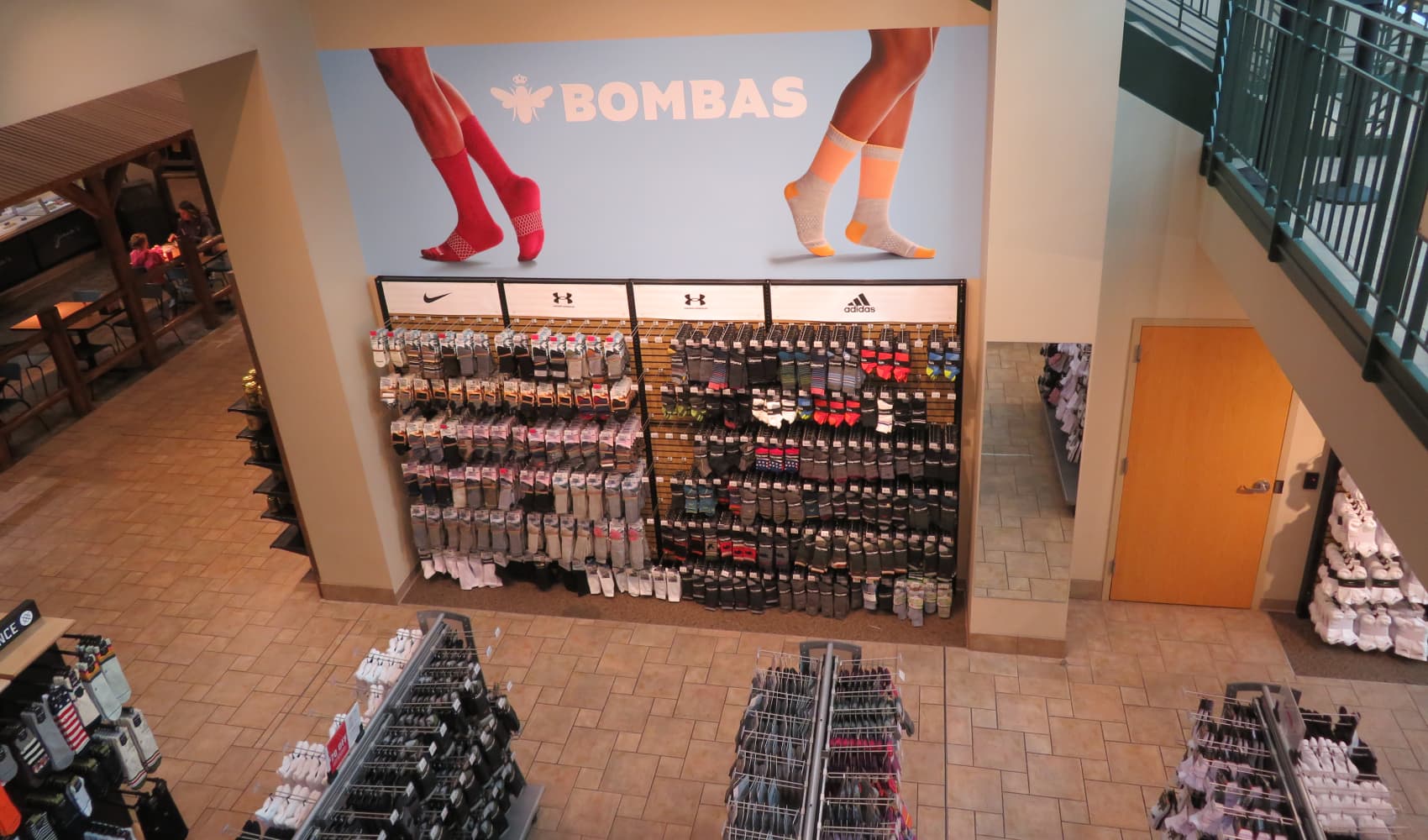Adidas Price Hike: Tariffs to Blame for Rising Sneaker Costs
Adidas Price Hike Alert: How Tariffs Impact Your Sneakers
Introduction: Are Your Favorite Kicks About to Get More Expensive?
Ever wonder how global trade wars impact something as simple as your favorite pair of Adidas sneakers? Well, buckle up, because we're diving into the nitty-gritty. The sportswear giant Adidas has recently warned that U.S. President Donald Trump's tariffs will lead to higher costs for all its U.S. products. That's right, your next pair of Stan Smiths or Ultraboosts could cost you more. But why? Let's explore this in detail.
Adidas Warns of Price Increases
The core message is clear: Adidas is anticipating price hikes. They're not mincing words. This isn't just a hypothetical scenario; it's a direct response to current trade policies. This increase isn't just a minor adjustment, it's a potential shift in the affordability of a major sportswear brand.
Uncertainty Looms: The Tariff Rate Mystery
Adidas themselves are in the dark about the exact price increases. Why? Because the company can't pinpoint precisely how much prices will increase due to "uncertainty about tariff rates." It's like trying to predict the weather a month from now – there are too many variables.
Key Suppliers in the Crosshairs: China, Vietnam, and Cambodia
The ambiguity stems from the location of Adidas' key suppliers: China, Vietnam, and Cambodia. These countries are crucial to the Adidas supply chain, and any fluctuations in tariff rates levied on goods from these nations directly affect the cost of manufacturing and importing Adidas products into the U.S. Changes in tariff rates translate directly to potential price increases on end products for U.S. consumers.
A Glimmer of Hope: Adidas' Strong First Quarter Performance
Interestingly, this news comes on the heels of a remarkably strong first quarter for Adidas. Net income from continuing operations surged by a whopping 155% to 436 million euros ($496.5 million). Talk about a plot twist! How can they be doing so well and still be worried about tariffs? Let's unpack that.
Beyond the Headlines: Deeper Dive into Financial Performance
While the tariff warning grabbed headlines, the financial results are telling. This strong performance indicates that Adidas, despite the potential tariff-related challenges, is a financially healthy company. But even a healthy company can't absorb unlimited cost increases without passing them on to consumers.
The Ripple Effect: What This Means for Consumers
So, what does all this mean for you, the consumer? Ultimately, you might be paying more for your Adidas gear. Whether it's a subtle increase or a more noticeable jump, the reality is that tariffs add to the cost of doing business, and those costs often get passed down the line.
Beyond Adidas: Are Other Brands Next?
If Adidas is feeling the heat, it begs the question: are other sportswear brands also facing similar pressures? It's likely that other companies that rely on manufacturing in countries subject to tariffs are grappling with similar challenges. The Adidas announcement could be the tip of the iceberg.
The Geopolitics of Kicks: How Trade Wars Impact Fashion
Believe it or not, your sneaker purchase is linked to global geopolitics. Trade wars and tariffs are complex issues, but they have real-world consequences that affect everyday products. It's a good reminder that the global economy is interconnected and that political decisions can have a direct impact on your wallet.
Possible Adidas Strategies: How Will They Respond?
So, what can Adidas do to mitigate the impact of tariffs? They have several options, but each comes with its own set of trade-offs:
Absorbing the Costs: A Short-Term Solution?
Adidas could choose to absorb some of the cost increases, at least in the short term. This would mean sacrificing some profit margin to keep prices competitive. However, this is unlikely to be a sustainable solution if tariffs remain in place for an extended period.
Relocating Production: A Complex Undertaking
Adidas could consider shifting production to countries not subject to the tariffs. This is a complex and time-consuming process, as it requires finding new suppliers, establishing new manufacturing facilities, and ensuring quality control. It's not a quick fix.
Negotiating with Suppliers: A Collaborative Approach
Adidas could work with its suppliers to negotiate lower prices or explore ways to improve efficiency and reduce costs. This could help offset some of the impact of the tariffs.
The Future of Footwear: Predicting the Long-Term Impact
It's difficult to predict the long-term impact of these tariffs. However, it's safe to say that they are creating uncertainty and disruption in the sportswear industry. The longer the tariffs remain in place, the more likely it is that consumers will see price increases.
What Can Consumers Do?
So, what can you, the savvy sneaker enthusiast, do about all of this? While you can't control trade policy, you can make informed purchasing decisions.
Shop Around: Compare Prices and Look for Deals
Compare prices at different retailers and look for sales and discounts. You might be able to find deals that offset some of the price increases.
Consider Alternatives: Explore Other Brands
Consider exploring other sportswear brands that may not be as affected by the tariffs. This could be a good opportunity to discover new favorites.
Be Patient: Wait for Sales and Promotions
Be patient and wait for sales and promotions. Retailers often offer discounts on older models or end-of-season items.
Conclusion: Navigating the Tariff Terrain
The Adidas warning about tariff-related price hikes highlights the complex interplay between global trade policies and consumer goods. While the exact impact remains uncertain, it's clear that tariffs pose a challenge to the sportswear industry. Consumers may face higher prices, but by being informed and proactive, they can navigate this tariff terrain and continue to find stylish and affordable footwear. Stay informed, shop smart, and remember that even the price of sneakers can be influenced by global events!
Frequently Asked Questions
- Why are tariffs causing Adidas to raise prices? Tariffs increase the cost of importing materials and finished products, making it more expensive for Adidas to manufacture and sell its products in the U.S.
- How much will Adidas prices increase? Adidas hasn't specified the exact increase due to the fluctuating nature of tariff rates, so it's difficult to predict the exact amount.
- Are only Adidas products affected by these tariffs? No, many companies that rely on manufacturing in countries impacted by the tariffs may also experience increased costs and potentially raise prices.
- What can I do to avoid paying higher prices for Adidas products? Shop around, compare prices, look for deals, and consider alternative brands or waiting for sales and promotions.
- Where does Adidas manufacture most of its products? Adidas has key suppliers in countries like China, Vietnam, and Cambodia, which are potentially impacted by the tariffs.

